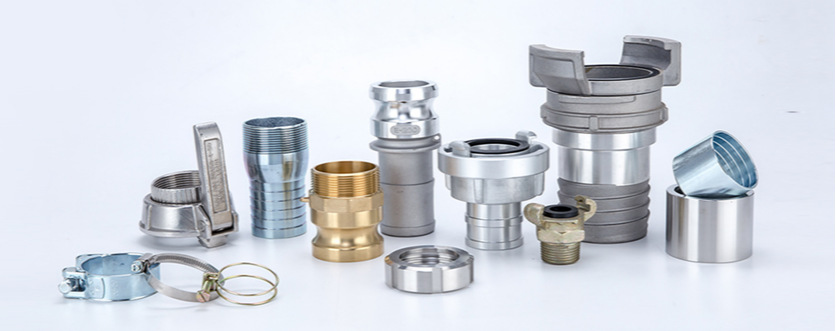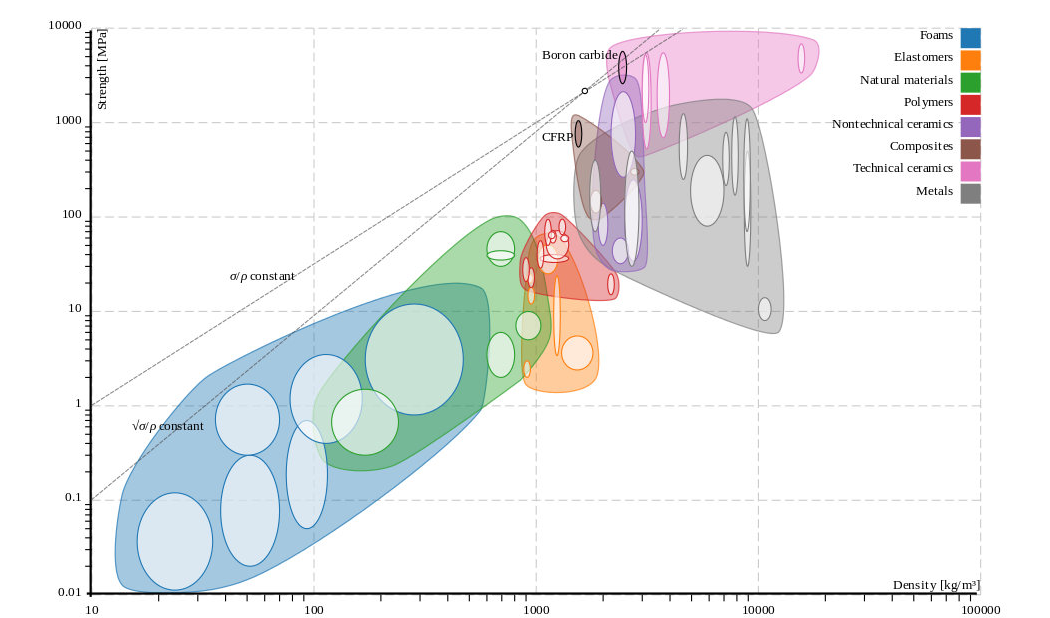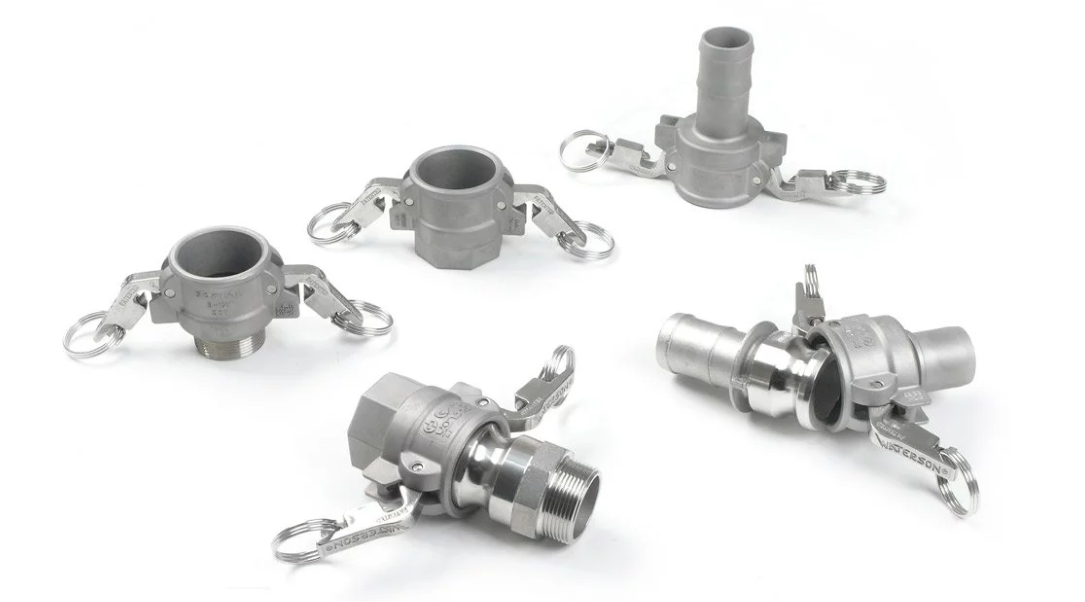Metal Vs. Plastic Camlock Fittings: Which is Best for Your Project
With the development of the material handling industry, Camlock fittings’ raw materials are also rapidly updated. More and more Camlock fittings production began to use modified plastic Camlock rather than metal Camlock. The development in both plastic material and process capabilities, coupled with changes in industry demand, has closed the gap between metal Camlock and plastic Camlock. So, which material is best for your specification? Our lists of pros and cons below will provide you with a general comparison of metal VS. plastic Camlock fittings. Read this article written by professional Camlock suppliers, Union.

Below Are Key Comparisons to Consider for Metal Vs. Plastic Camlock:
1、Metal Vs. Plastic Camlock: Weight
Heavyweight equals heavy cost, including maintenance costs, logistics, installation – all seem significant cost reductions in tandem with a decreased part weight. If you were to take a Camlock made from stainless steel and compare it to the same part made from modified plastic, the plastic part could be more than six times lighter. Referencing the chart below, you can tell that plastic has a significant advantage over metal.
Specific gravity is a dimensionless unit defined as the ratio of the substance’s density to the density of water at a specified temperature.

(There are multiple grades and alloy variations of steel and aluminum, just as many diverse formulations of plastic material. For a more accurate weight comparison, please contact us, and we will provide you a more specific data regarding the appropriate material for your project. – Contact us HERE.)

2、Metal Vs. Plastic Camlock: Strength-to-Weight Ratio
In the past, one of the most significant roadblocks to replacing metal Camlock with plastic ones was that plastic Camlock, while much lighter, could not beat the strength-to-weight ratio of metal. Now, with advances in modified plastic formulations, modified plastic products can perform as well as and even outperform metal in ratios such as strength-to-weight and strength-to-stiffness.

3、Metal Vs. Plastic Camlock: Design Capability and Cost
You don’t have to obsess over the metal Camlock fabrication process for a very long time to understand the fact that metal can be brutal to mold and shape. With today’s technology, metal’s inherent characteristic prohibits complex part designs or shapes, such as compound curves or fluid designs, from material capability or cost limitation.
Custom metal Camlock might require extra die work, welding, grinding, and rework on each part produced to achieve design specifications and desired look. In addition to significantly increasing production and lead times as aforementioned, as part design complexity increases, part cost increases at an exponential rate.
The same increase in Camlock design complexity has minimal impact on the cost of a part manufactured with modified plastic. That is because complex design, shapes, and surface texture can be incorporated directly into a Cam’s tooling. This nature of modified plastic provides us with a much enormous scope of design complexity capabilities and options unavailable to metal manufactured Camlock.
Conclusion
Metal and plastic Camlocks are mainly compared in weight, strength, and design cost. Anyway, products supplied from reputable Camlock suppliers are designed to be used in rugged situations and if maintained correctly will give long life.
In this regard, Union Metal is one of the most reliable Camlock fittings suppliers worldwide. With more than 15 years of experience, Union Metal can produce Camlock couplings, hose clamps, Guillemin couplings, TW couplings, Storz couplings, SS sanitary couplings, industrial rubber hoses, and so on. The products of Union Metal have been widely applied in various industry sectors such as petroleum, mining, chemical engineering, agriculture, food, and fire protection. Now, by the end of the article, if you’re still unsure regarding the Metal or plastic Camlock fittings material – contact us, and our expert will be happy to talk you through it and give you the right answer.


